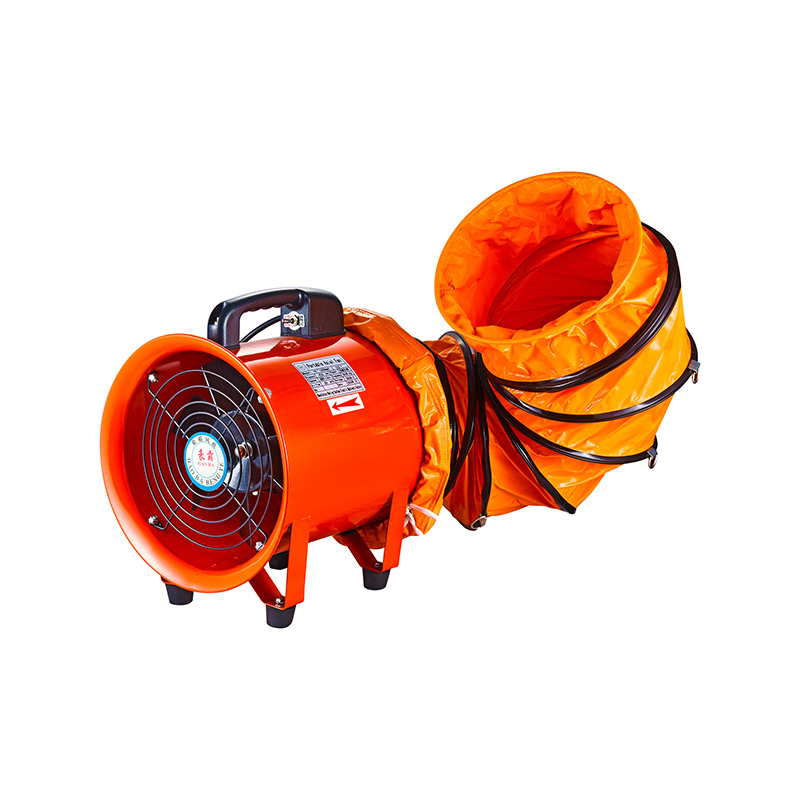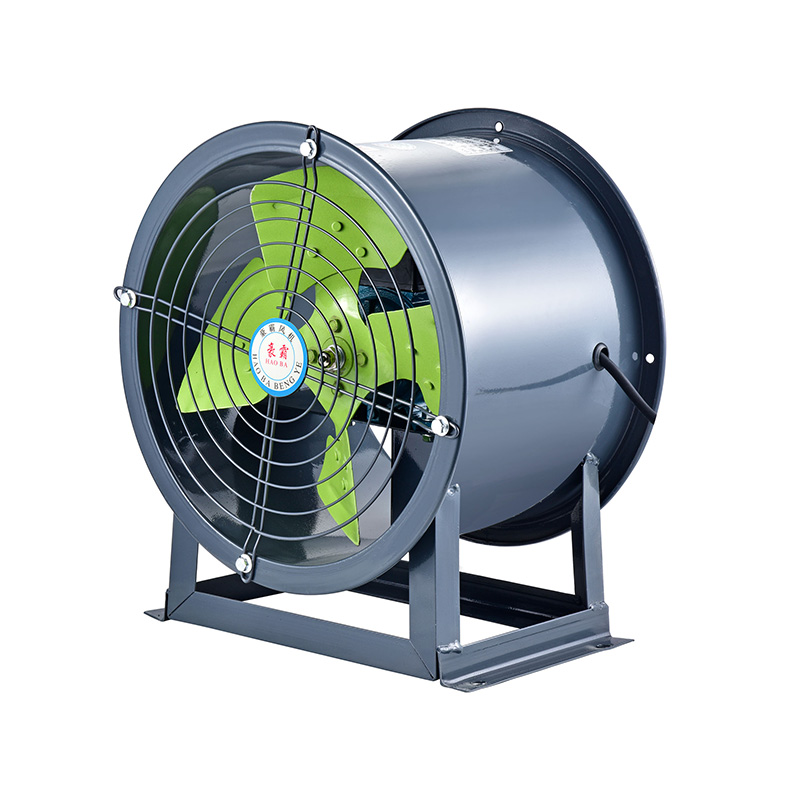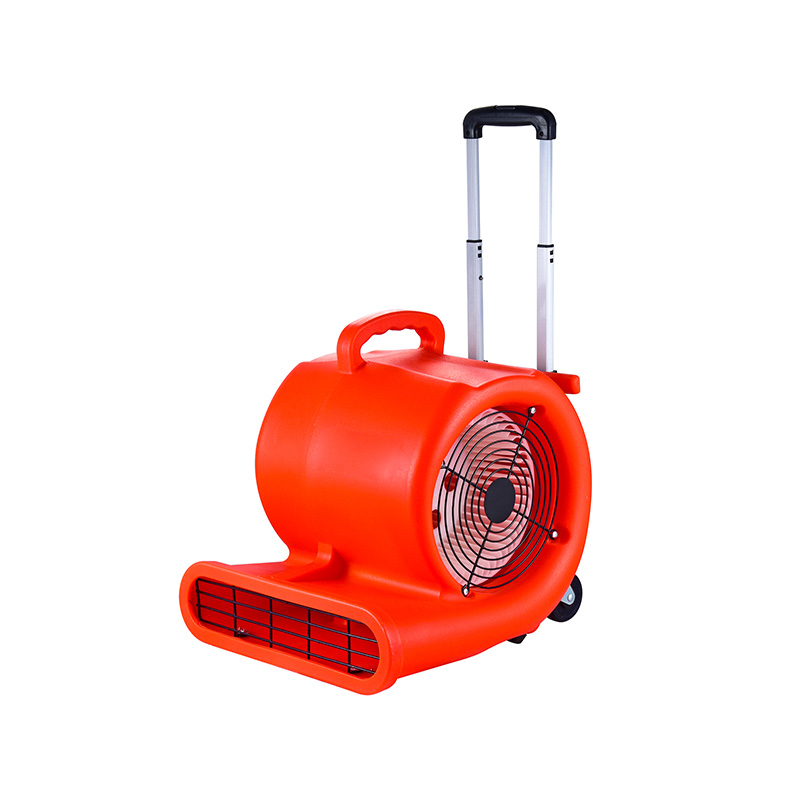How The HVAC Industry Is Influencing Fan Innovation
2025-07-08
The heating, ventilation, and air conditioning (HVAC) industry has long been a driving force behind advances in fan technology. As the demand for energy efficiency, improved air quality, and versatile ventilation solutions grows, fan innovation continues to evolve to meet these changing needs. Among the key areas influenced by the HVAC sector are the development of specialized fans such as the house roof ventilation fan, axial flow fan in mines, and axial roof ventilators. These fans play a critical role in maintaining comfortable, safe, and efficient environments across a range of applications.

One of the more visible contributions of the HVAC industry is the widespread adoption and refinement of the house roof ventilation fan. Traditionally, ventilation for homes relied on passive airflow, but modern HVAC systems often incorporate powered roof fans to manage indoor air quality better and control moisture levels. The house roof ventilation fan has been designed to operate quietly while providing sufficient airflow to prevent the buildup of heat and humidity in attic spaces. Innovations driven by the HVAC industry have improved the durability, noise levels, and energy consumption of these fans, making them a popular choice for residential ventilation.
In addition to residential use, the HVAC industry has also influenced ventilation solutions in more demanding environments, such as mining operations. The axial flow fan in mines is a critical component for maintaining air circulation and ensuring worker safety underground. These fans are engineered to handle large volumes of air while coping with harsh conditions, including dust, moisture, and variable temperatures. HVAC advancements have enhanced the reliability and performance of axial flow fans in mines, incorporating improved motor designs and corrosion-resistant materials to extend their service life. The industry’s emphasis on energy efficiency has also led to fans that consume less power without compromising airflow, addressing both operational costs and environmental concerns.
The design and application of axial roof ventilators have likewise been shaped by trends and demands within the HVAC field. Commonly used in commercial and industrial buildings, axial roof ventilators help regulate indoor air by expelling stale or heated air from inside structures. The HVAC industry's push for better building performance has led to innovations in the aerodynamic design of these fans, reducing turbulence and increasing air movement effectiveness. Advances in motor technology and controls have also allowed for variable speed operation, enabling axial roof ventilators to adapt to changing ventilation needs throughout the day. This flexibility enhances building comfort and energy management.
An important aspect of the HVAC industry's influence on fan innovation is the growing focus on sustainability. Increasingly strict regulations and consumer awareness about energy consumption are driving manufacturers to develop fans that use less power. For instance, newer models of the house roof ventilation fan feature brushless motors and smart controls that optimize airflow based on temperature and humidity sensors. This not only reduces energy waste but also prolongs the lifespan of the equipment. Similar improvements have been made to axial flow fans in mines, where energy efficiency is crucial due to the continuous operation required in mining environments. The development of variable frequency drives (VFDs) has enabled these fans to adjust speed precisely, providing the necessary airflow while conserving electricity.
The HVAC industry's influence extends beyond performance improvements to encompass safety and ease of maintenance. With the critical role that ventilation fans play, especially in mines and large buildings, less downtime is essential. Innovations in the construction of axial roof ventilators include modular designs that facilitate easier access to components for inspection and repair. Materials selected for these fans are also chosen to resist environmental stresses, reducing the frequency of maintenance. Likewise, advancements in the axial flow fan in mines have led to designs that better withstand dust and corrosive substances, ensuring continuous operation in challenging conditions.
Furthermore, the integration of digital technologies in HVAC systems is transforming how fans are monitored and controlled. The ability to remotely track the status of a house roof ventilation fan or an axial roof ventilator enables facility managers to respond quickly to any issues and optimize performance in real-time. Predictive maintenance, powered by data analytics, helps identify potential problems before they lead to failures, reducing operational disruptions. In mining, where the environment can be hazardous, such technologies improve safety by ensuring the axial flow fan in mines is always functioning correctly, maintaining proper air quality.
In conclusion, the HVAC industry's evolving requirements and innovations continue to shape the development of fans across residential, commercial, and industrial applications. The house roof ventilation fan, axial flow fan in mines, and axial roof ventilators each benefit from ongoing advancements aimed at improving efficiency, reliability, and adaptability. As energy conservation and environmental concerns become increasingly important, the HVAC sector will likely remain a significant driver of innovation in fan technology, delivering solutions that address both practical needs and regulatory demands.

 English
English русский
русский عربى
عربى









